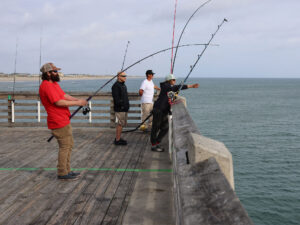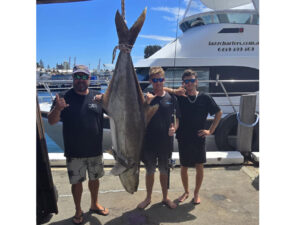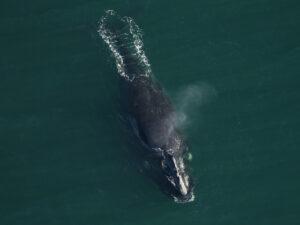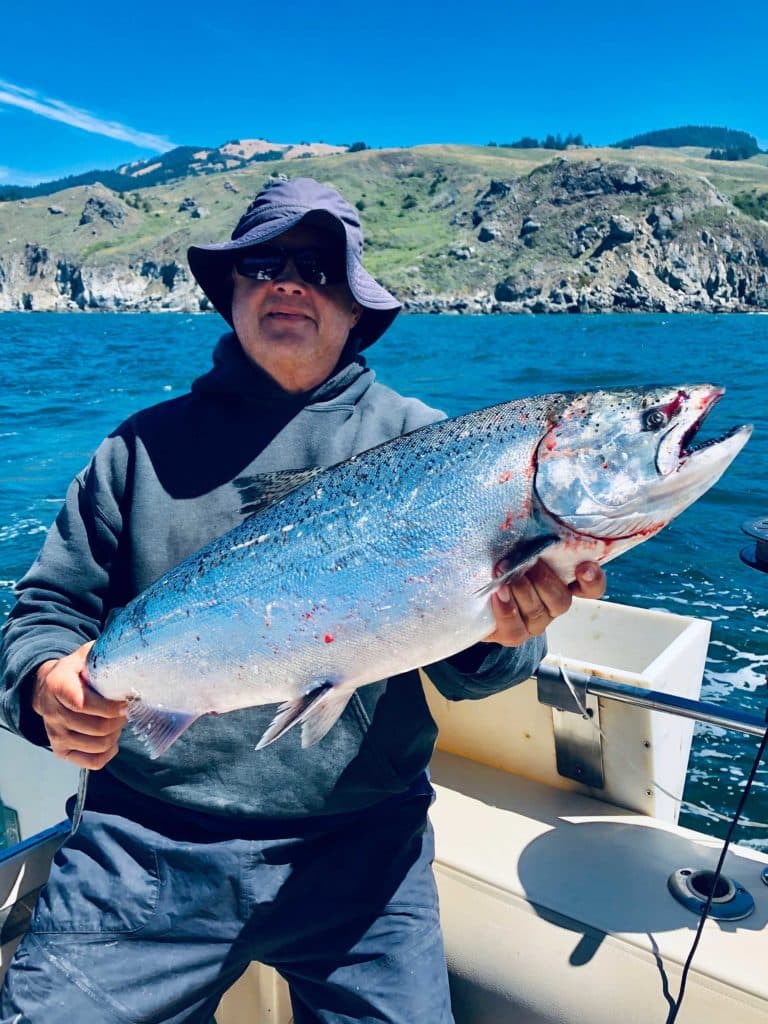
California’s salmon season is off to a roaring start, from all reports. One veteran charter skipper, John Atkinson with New Ray Ann Sport Fishing out of Sausalito, describes the fishing as “phenomenal,” citing an average thus far (about a third of the way through this season) of just over 1 ½ fish per angler (the traditional average is less than one fish per angler). “We’ve boated 1,700 salmon so far,” Atkinson says. “We’re definitely getting spoiled!”
The quality and pace of California salmon fishing this year may very well make it “the best king salmon fishing on the West Coast, including Alaska,” echoes John McManus, president of the Golden Gate Salmon Association. “I was in Alaska mid-June, and the fishing here is far better than it was there.”
But more than luck accounts for so many Chinook swimming off the Bay Area, McManus says. He offers some of the reasons.
“First, we had a really wet winter and spring in 2017,” he explains. So much water draining from California’s Central Valley boosted survival of juvenile salmon, in part thanks to increased velocity of river flow and turbidity, both of which reduce the number of baby salmon eaten by predators. Also, “what’s left of California’s floodplains were inundated, and baby salmon washed out onto them. It turns out these are pretty good rearing areas, with lots of microscopic feed and areas of vegetation where young salmon can hide.” Finally, these floodplains allowed juvie salmon to enter the bay far from the giant water-diversion pumps in the south delta, another survival advantage.
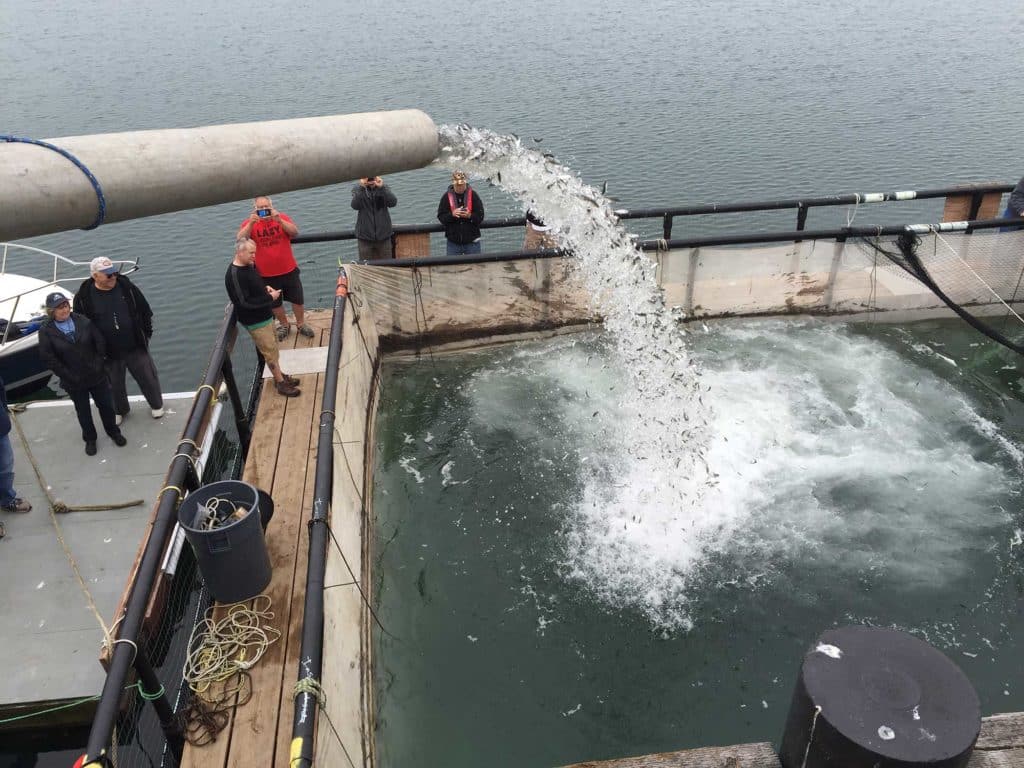
“Second,” McManus says, “we’ve been seeing steady improvements in hatchery-release techniques, which are boosting survival.” Among those techniques is changing release locations after a couple of days. Why? To outsmart predator fish that have homed in on the little-salmon chum line and wait to gobble them up. A further trick discovered by hatchery managers calls for releases late in the day and on an ebb tide, reducing bird predation.
Yet another discover showed that juvenile salmon released closer to the Pacific survived at rates 300 to 400 percent higher than traditional releases, farther inland. “We’re already seeing more salmon surviving to adulthood as a result,” McManus says.
Initially, these release tactics were hindered by a lack of tanker trucks. The GGSA (soon to be the GSSA for Golden State Salmon Association) appealed to the state legislature and managed to get an additional $30 million to the California Dept. of Fish and Wildlife, and — after more lobbying — ensured those funds went to more tanker trucks.
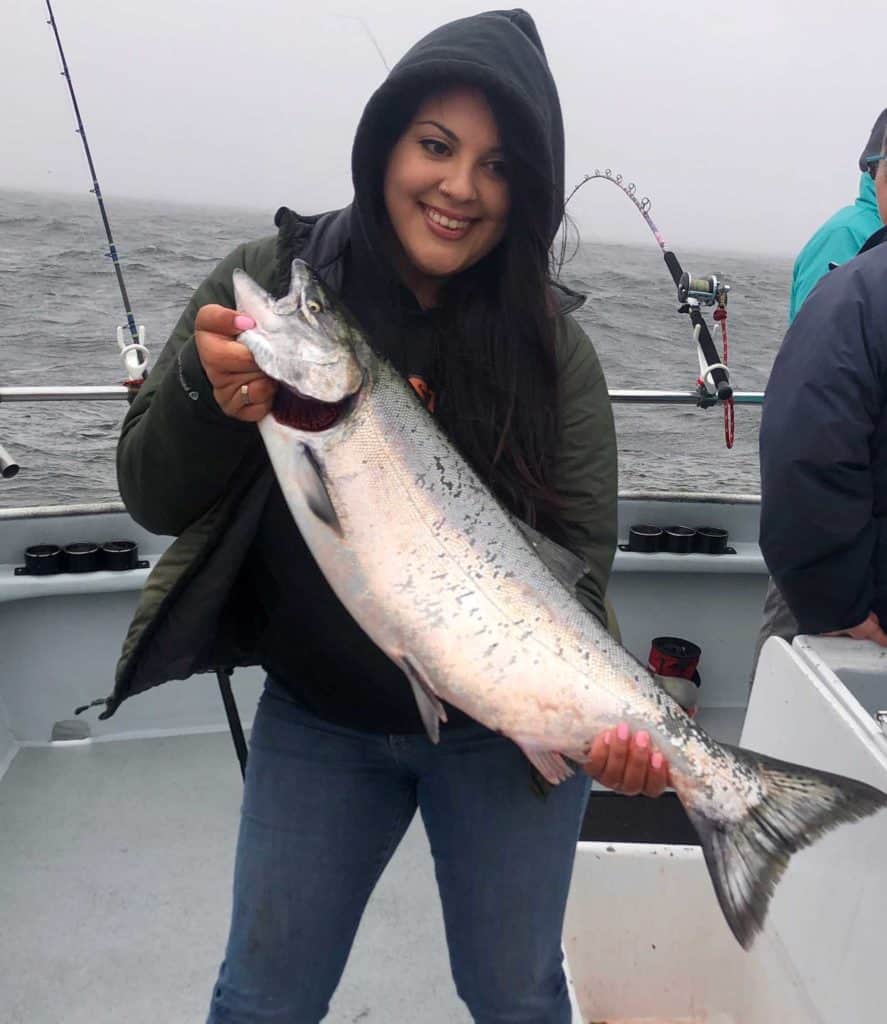
The prognosis for the near term? Along with the yeoman efforts of the GGSA to greatly increase the survival of young salmon, the weather has been a plus that will help in 2020, though catches may not match those of this year. But 2021 should be standout: “We got a lot of rain last spring, when juvenile salmon called one-year-olds (they’re actually about six months) were making their way from the Central Valley out to sea,” McManus says, which portends high numbers of them returning as adults in 2021.

